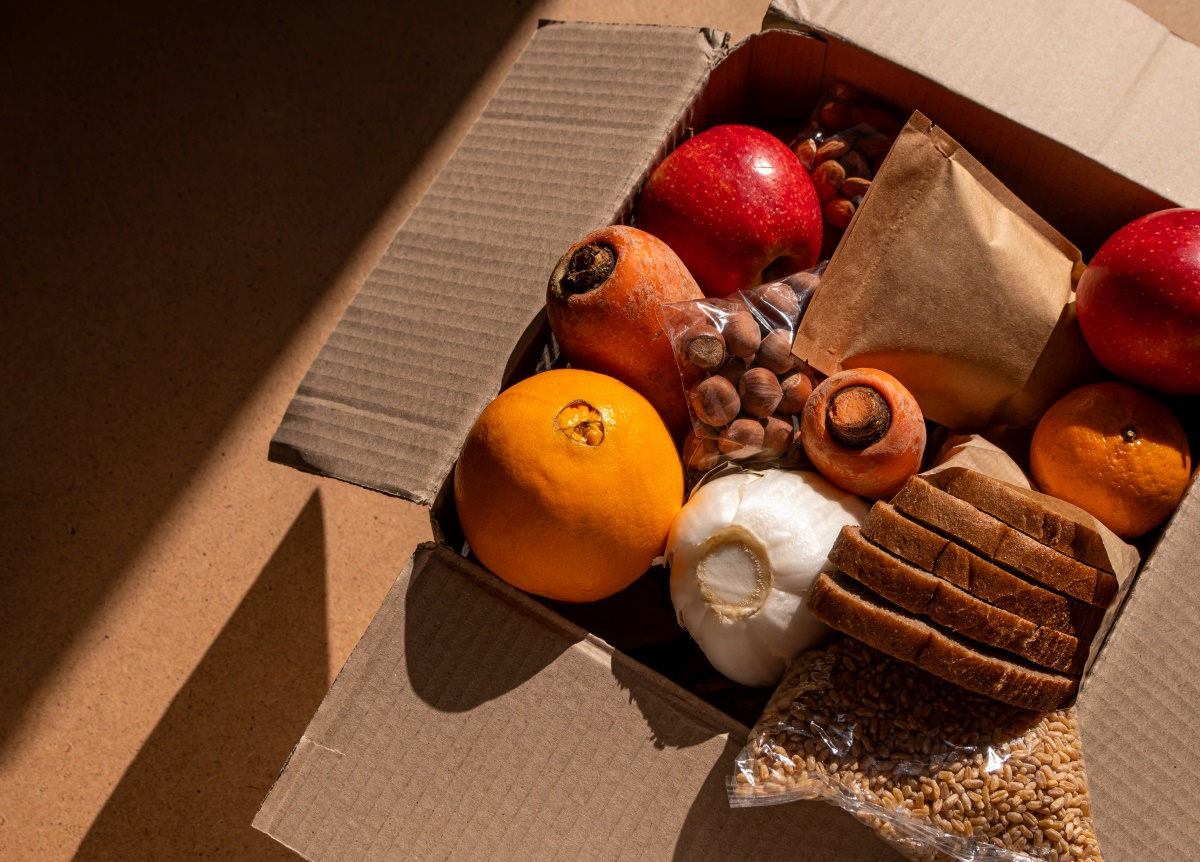This article is also available in Italian / Questo articolo è disponibile anche in italiano
Threats of new tariffs from US President Donald Trump are on the front pages of all newspapers, reigniting the debate on trade liberalisation and the impact of market barriers — effects that ripple through many aspects of daily life, including the food we eat.
The State of Agricultural Commodity Markets 2024 - Trade and nutrition: policy coherence for healthy diets (SOCO report), published by the Food and Agriculture Organization of the United Nations (FAO), delves into the intricate relationship between food trade and nutrition. It offers insights into how trade shapes dietary patterns and influences nutritional outcomes.
Less trade barriers, more food diversity
The trade of agricultural and food products plays a crucial role in global food security, shifting resources from regions of abundance to those facing scarcity. This process directly impacts food availability, diversity, and affordability, thereby helping to provide a more equitable access to food worldwide. “Trade has an impact on food diversity”, says to Renewable Matter Andrea Zimmerman, Economist in the FAO Trade and Markets Division (EST) and one of the lead authors of the SOCO report. “On average, it doubles the variety of food available in a country. This is particularly important for nations that cannot produce all the nutrients required to meet their population's needs.”
This twofold increase in the variety of food products available to consumers is not the result of greater diversification in local production, which has remained largely stable in many countries, but rather the expansion of global trade. Since the turn of the century, the trade in food and agricultural goods has surged nearly fivefold, rising from 400 billion dollars to 1.9 trillion dollars in 2022. “Between 2010 and 2020, we observed improvements in nutrient supply globally due to increased trade”, adds Zimmerman. “Additionally, trade influences food prices. When countries import more, food availability rises, leading to lower prices, which benefits consumers.”
Trade liberalisation and the reduction of barriers such as tariffs boost competition, drive down prices, and enhance access to food and essential nutrients. The report highlights the role of trade in nutrition with examples such as vitamin C and calcium. “The flow of nutrients through trade is evident across various food categories”, Zimmerman explains. “For example, vitamin C is abundant in citrus fruits, which are often imported from warmer southern regions to colder northern countries. Conversely, calcium-rich dairy products are predominantly produced in the north and exported to the south.”
How trade influences obesity
Trade, in itself, is neutral — it does not directly affect the quality of nutrition but expands the choice of consumers. On one hand, it improves access to fresh fruit and vegetables; on the other, it also increases the availability of ultra-processed, sugar-rich foods. The excessive consumption of the latter is linked to obesity and a range of health conditions. Globally, undernourishment declined from 12.7% in 2000 to 9.2% in 2022, while adult obesity nearly doubled over the same period, rising from 8.7% to 15.8%.
“The relationship between trade and obesity is quite elusive,” highlights to Renewable Matter George Rapsomanikis, Senior Economist and Editor of SOCO 2024. “Our findings show that it emerges only in a selected group of countries — specifically, the top 10% of those with the highest obesity rates. These are primarily small island nations, such as American Samoa and Tonga, which rely heavily on imports. Only in these countries trade appears to contribute to rising obesity rates.” In the case of these islands, the cost of flying and transporting fresh produce, such as fruit and vegetables, is extremely high, whereas importing processed food is more convenient. This is largely due to the interplay between a limited and undiversified local agriculture — constrained by scarce land available for cultivation — and the high costs of trade. In addition to this, there are also cultural factors that influence food choices.
To tackle the increase in obesity, with its health and economic consequences, countries can adopt various strategies. “Some countries impose tariffs on imports of unhealthy products, but this is only effective if they don't produce those goods domestically”, Rapsomanikis concludes. “In Mexico, for instance, taxes on sugary drinks tend to benefit local producers rather than reducing consumption. An increase in tariffs is only effective if the product is not manufactured domestically. However, it is vital to adopt a more comprehensive approach, integrating multiple strategies — such as public awareness campaigns on health risks, through, for example, food labelling."
Cover: Envato image



